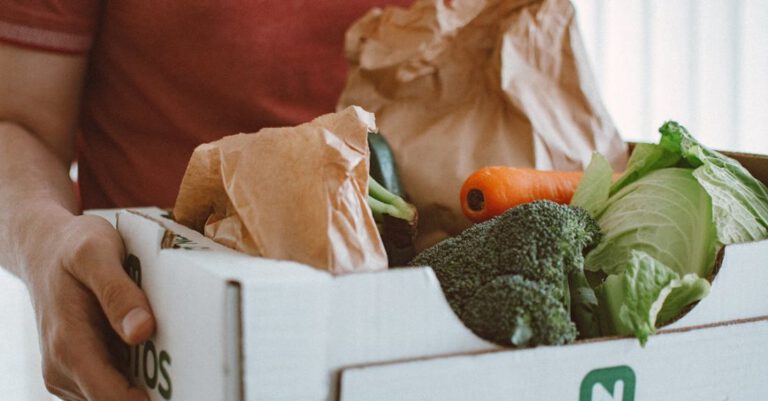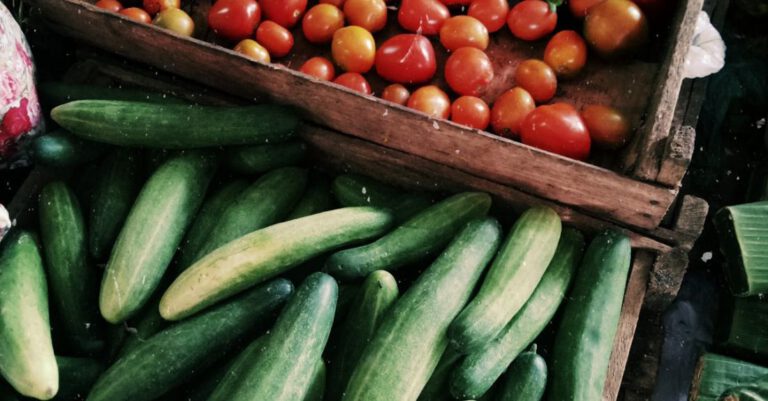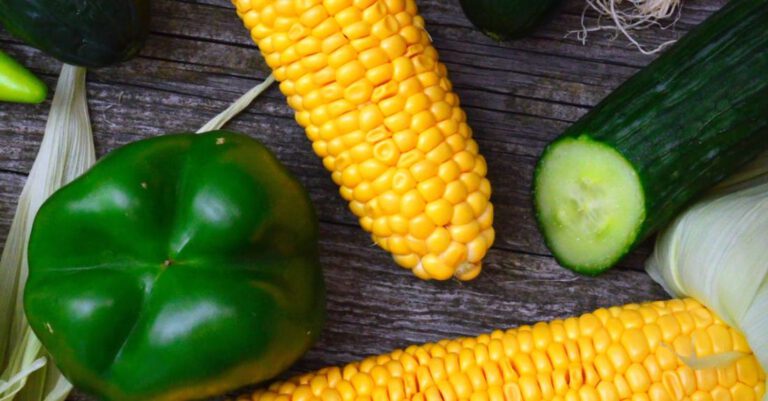
As we strive to live healthier and more sustainable lifestyles, cooking with seasonal produce has become increasingly popular. Not only does using seasonal fruits and vegetables offer a range of health benefits, but it also supports local farmers and helps reduce our carbon footprint. In this article, we will explore the importance of cooking with seasonal produce and provide tips on how to make the most of what each season has to offer.
**Embrace the Seasons**
One of the simplest ways to cook with seasonal produce is to embrace what each season has to offer. Seasonal fruits and vegetables are typically fresher, more flavorful, and more nutrient-dense than their out-of-season counterparts. By choosing ingredients that are in season, you can enjoy a wider variety of flavors and textures in your cooking.
**Visit Farmers Markets**
One of the best ways to find fresh, seasonal produce is by visiting your local farmers market. Farmers markets are a treasure trove of seasonal fruits and vegetables, often picked at the peak of ripeness. Not only will you have access to a wider variety of produce, but you will also be supporting local farmers and the community. Take the time to talk to the farmers and vendors at the market to learn more about where your food comes from and how it was grown.
**Plan Your Meals Around Seasonal Produce**
When cooking with seasonal produce, it’s helpful to plan your meals around what is currently in season. Start by researching what fruits and vegetables are in season in your area and build your meals around those ingredients. Not only will this ensure that you are using the freshest produce available, but it can also inspire you to try new recipes and flavor combinations.
**Experiment with Preservation Techniques**
To make the most of seasonal produce, consider experimenting with preservation techniques such as canning, pickling, or freezing. Preserving seasonal fruits and vegetables allows you to enjoy them long after their season has passed. Try making your own jams, chutneys, or pickles to capture the flavors of summer or freeze fresh berries to enjoy in the winter months.
**Get Creative in the Kitchen**
Cooking with seasonal produce is a great opportunity to get creative in the kitchen. Try experimenting with different cooking methods, flavor pairings, and recipes to make the most of the ingredients at hand. Whether you’re roasting fall root vegetables, making a summer fruit salad, or whipping up a spring vegetable stir-fry, let the flavors of the season guide your culinary creations.
**Support Local Farms**
When cooking with seasonal produce, consider supporting local farms and farmers whenever possible. Community-supported agriculture (CSA) programs, farm stands, and u-pick farms are great ways to connect with local producers and get your hands on the freshest seasonal produce available. By supporting local farms, you are not only getting the best-quality ingredients for your cooking but also contributing to the sustainability of your community.
**Reduce Food Waste**
Cooking with seasonal produce can also help reduce food waste. By using ingredients that are in season, you are more likely to consume them before they spoil, reducing the amount of food that ends up in the trash. Get creative with your meal planning and use up any leftover produce in soups, stews, smoothies, or salads to minimize waste and make the most of what you have.
**Celebrate the Flavors of Each Season**
Cooking with seasonal produce is a wonderful way to celebrate the flavors of each season and connect with the natural world around us. By choosing ingredients that are in season, you can enjoy the bounty of nature and savor the unique tastes and textures that each season brings. So next time you’re in the kitchen, let the seasons guide your cooking and enjoy the delicious, fresh flavors of seasonal produce.





